10 Places in the U.S. That Are Fast Becoming Ghost Towns, New Data Shows
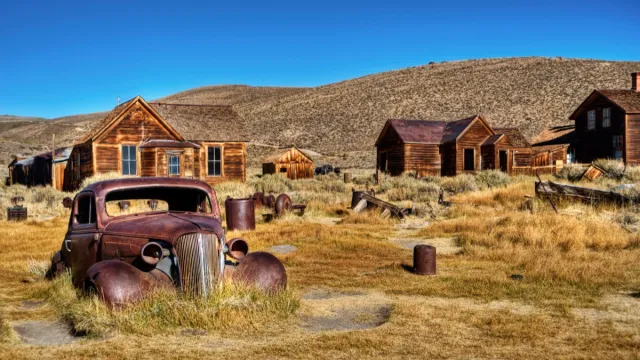
When you hear “ghost town,” you likely conjure images of creepy forlorn buildings, tumbleweeds, and a long-forgotten dirt road. You may also believe this concept is a thing of the past, but in reality, there are thousands of ghost towns across the U.S.—and places keep getting added to the list. In fact, three small spots—Mustang, Texas; South Park View, South Dakota; and Hoot Howl, Oklahoma—recently received the “ghost town” designation, as their populations declined to zero in 2022, per the most recent estimates from the U.S. Census Bureau. Now, moving company HireAHelper has compiled data to identify the places most likely to become ghost towns next.
According to HireAHelper, while larger cities have seen population growth, 61 percent of America’s “small towns” (defined as having a population smaller than 10,000), have seen a drop in population between 2010 and 2022—and 10 spots are losing people the fastest. Read on to find out which places are on their way to becoming ghost towns.
RELATED: The 9 Creepiest Ghost Towns in the U.S.
10
Wales, North Dakota
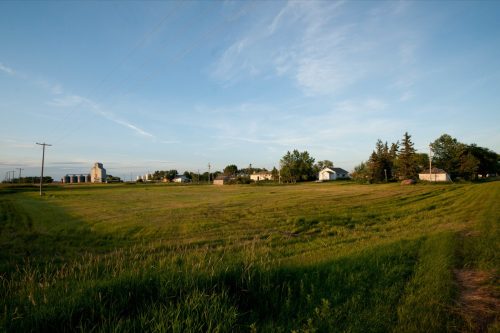
Wales, North Dakota, reported a 71 percent population drop between 2010 and 2022, U.S. Census data shows. Per the 2010 Decennial Census, Wales had 31 residents, but according to 2022 population estimates, only nine remain.
9
Calio, North Dakota
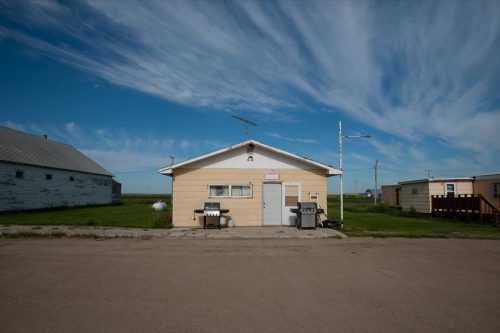
HireAHelper identified Calio, North Dakota, as the ninth most likely place to become a ghost town, with its population dwindling by 73 percent since 2010. In 2010, there were 22 residents in Calio, but by 2022, the census estimated residency was down to six people.
RELATED: 13 Small U.S. Towns That Feel Like the Wild West.
8
Moffet, Oklahoma
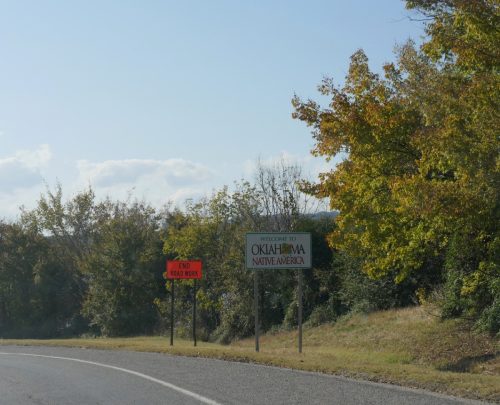
Claiming the number eight spot is Moffet, Oklahoma, which had a 73.4 percent decrease between 2010 and 2022. However, this is a spot with one of the larger populations on this list. In 2010, 128 people resided in Moffet, but the 2022 estimates brought that number down to 34.
7
Valley Park, Oklahoma
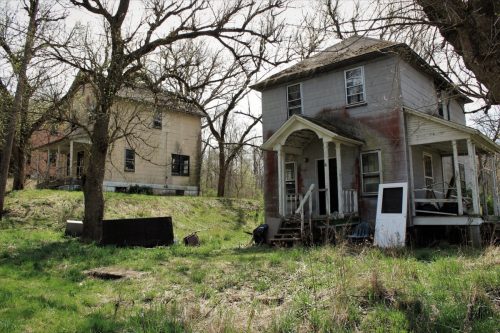
Next up is another Oklahoma small town: Valley Park. According to HireAHelper, between 2010 and 2022, the population declined by 74 percent. Per the 2010 census, 77 people called Valley Park home, but 2022 estimates suggested just 20 people remain.
RELATED: I’m a Property Expert and These Are the 5 Things That Devalue Your Home.
6
Varnado, Louisiana
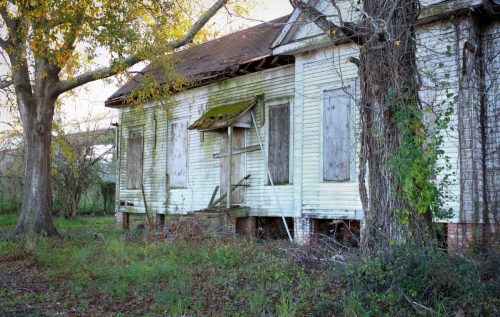
The sixth most likely ghost town spot is Varnado, Louisiana. It’s seen a 78.2 percent decline since 2010 when it had a larger population of 1,461. In 2022, the U.S. Census Bureau estimated that the population dropped significantly to 319.
5
Pacific Junction, Iowa
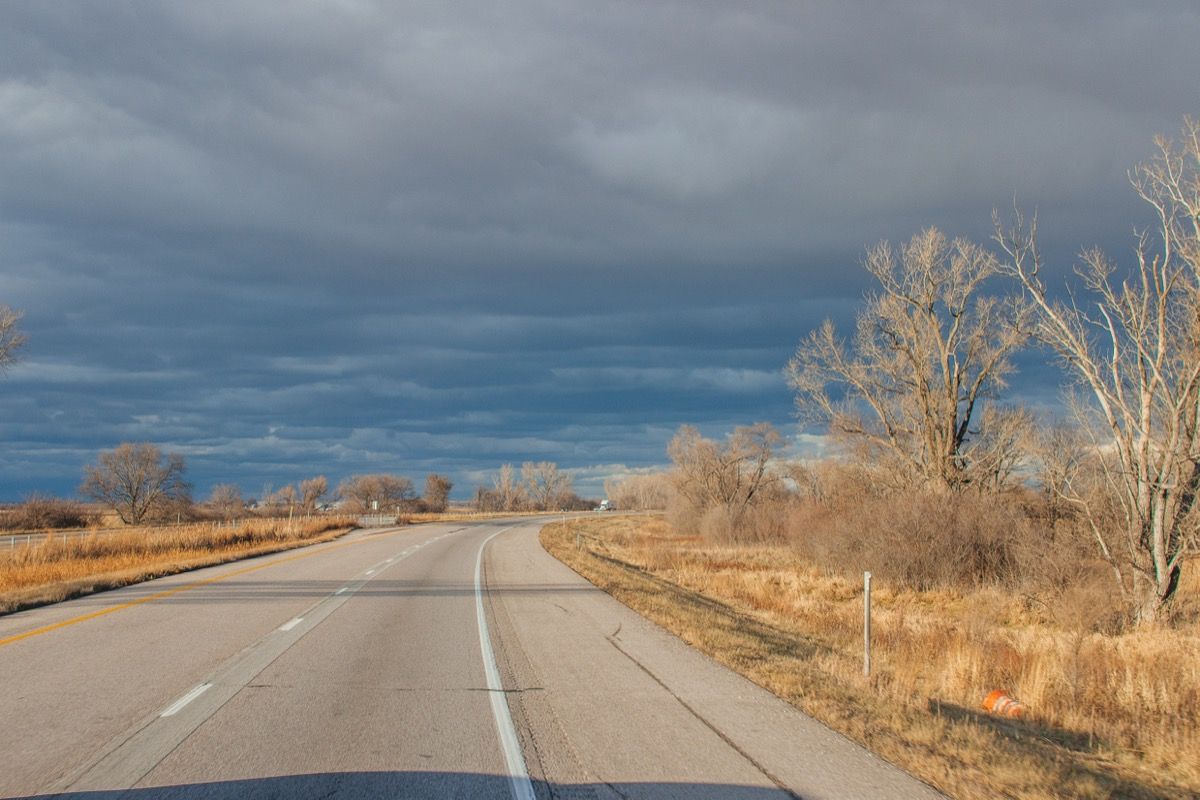
Pacific Junction, Iowa, claimed spot number five, with its population shrinking by 78.8 percent, per HireAHelper’s calculations. In 2010, Pacific Junction had a population of 471, but as of 2022, that number was thought to be down to 100.
4
Winslow, Nebraska
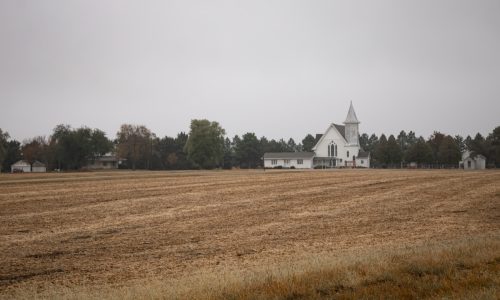
Coming in at number four is Winslow, Nebraska. Between 2010 and 2022, the population was estimated to be down by approximately 80.6 percent. In 2010, the population was 103, but 2022 estimates suggested that number was just 20.
3
Cooperton, Oklahoma
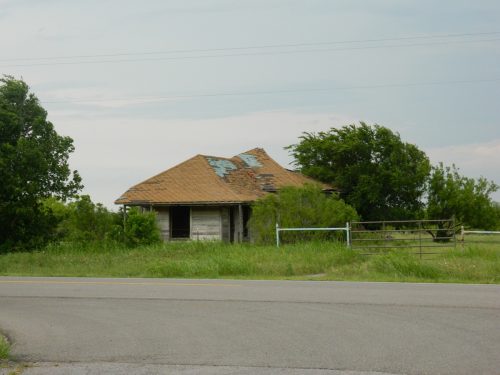
Rounding out the top three is Cooperton, Oklahoma, which had an 81.3 drop in population over 12 years. Per the 2010 census, Cooperton had a population of 16—and in 2022, the U.S. Census Bureau predicted just three people were left.
RELATED: Real Estate Experts Share Home Ownership Horror Stories You Need to Hear.
2
Bigelow, Missouri
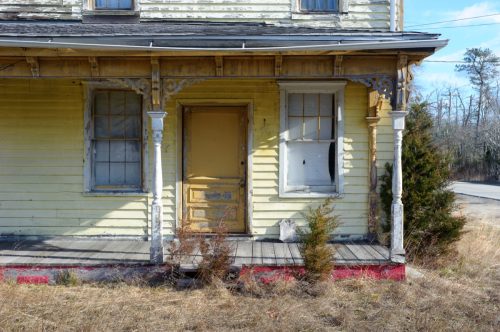
The second most likely to-be ghost town is Bigelow, Missouri, with an 81.5 percent drop between 2010 and 2022. There were 27 residents as of the 2010 census, but 2022 estimates suggested that the population was down to five people.
1
Corning, Missouri
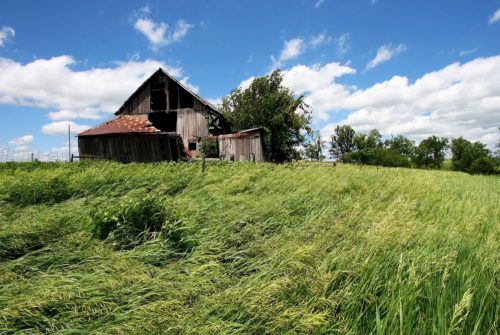
With just one resident left, Corning, Missouri, is the most likely to become a ghost town. It had the greatest percentage drop in population, down 93 percent. In 2010, Corning was home to 15 people, three people in 2020, and by 2022, that number was down to one, per population estimates.
Experts are unsure why people are abandoning these towns.
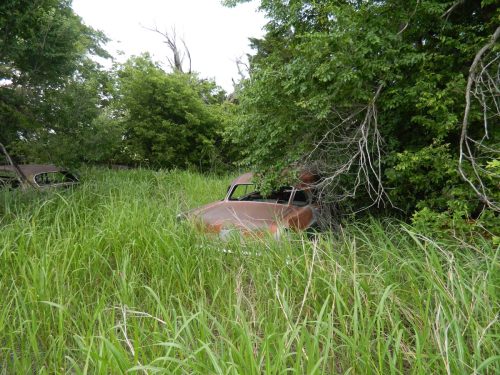
HireAHelper looked into potential reasons why these towns are seeing such sharp population decreases, pointing to a University of New Hampshire study from 2022 that cited “fewer births, more deaths, and more people leaving than moving in” as the key drivers.
Additionally, researchers at the University of Wisconsin highlighted the lack of housing in small towns. U.S. Census Bureau data actually illustrates this: In Corning, Missouri, there are only nine total housing units, per the last official census in 2020, and there are only eight housing units in Cooperton, Oklahoma.
For more fun facts delivered straight to your inbox, sign up for our daily newsletter.